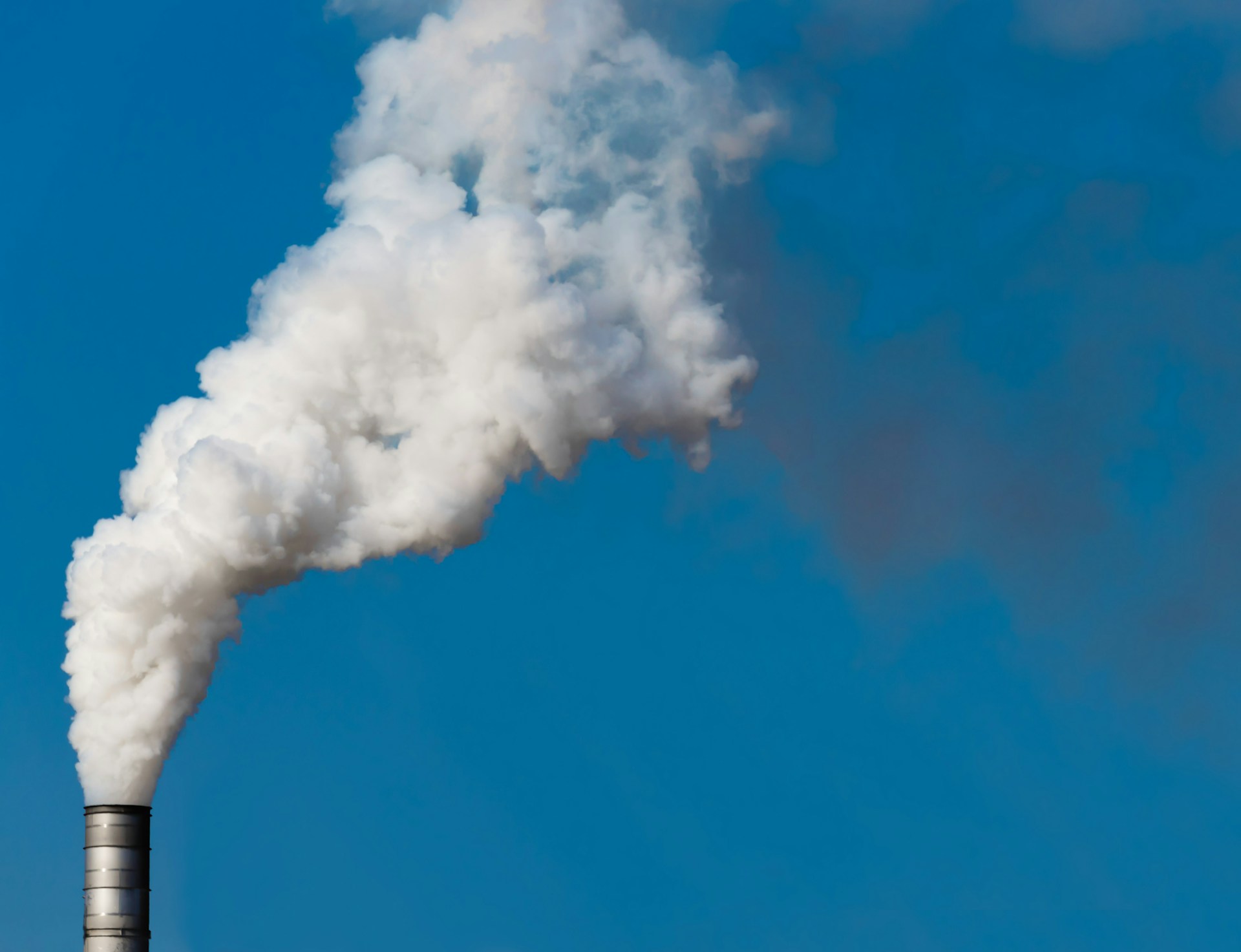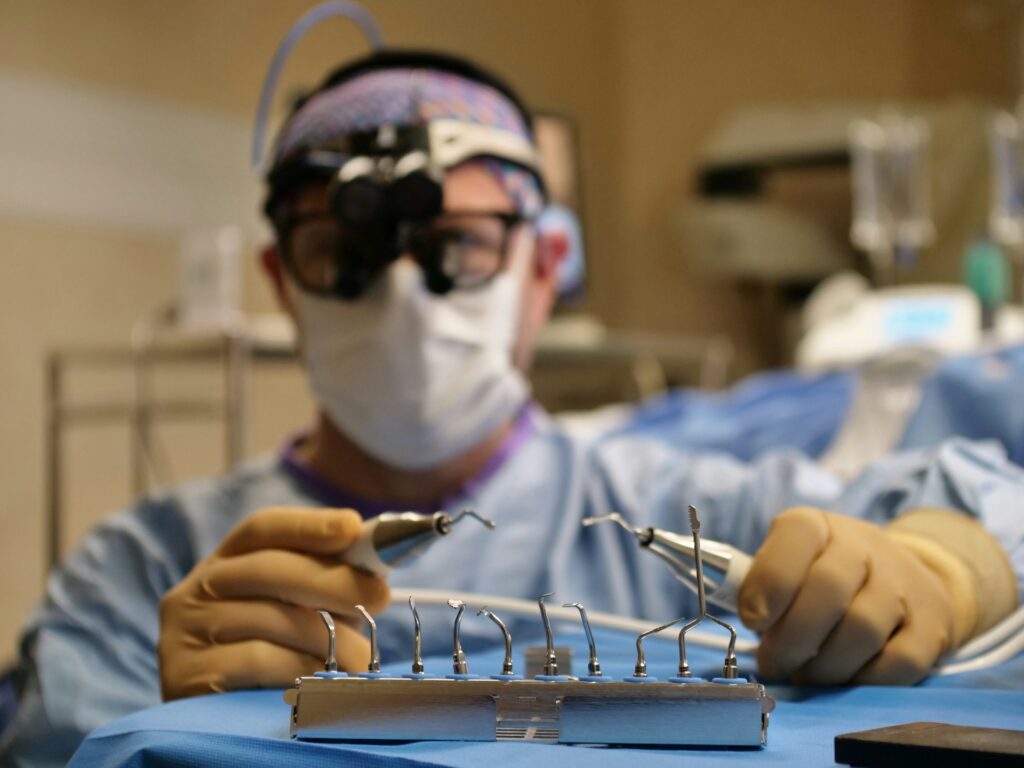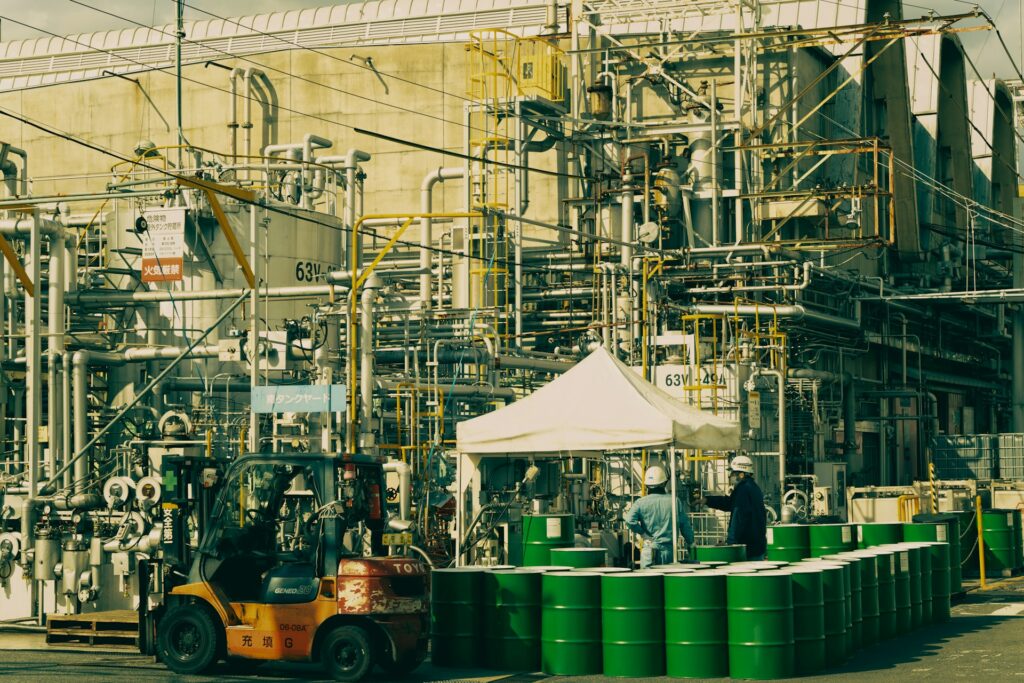Liangbing Hu, head of the research team at Yale University, has developed a new method for creating nanomaterials using what his team calls Electrified Vapour Deposition, or EVD. The approach uses an electrified carbon paper heater to produce ultrahigh temperatures at atmospheric pressure, allowing for the creation of multi-element nanomaterials and thin films without the need for expensive vacuum systems. The work was published in Nature Synthesis and carried out in collaboration with Professor Yiguang Ju of Princeton University and the Princeton Plasma Physics Laboratory. The study’s lead author, Xizheng Wang, is now a professor at the University of California, Irvine.
Wang, X., Liu, N., Huang, Z., Yang, J., Chen, G., Li, B., Xie, T., Overa, S., Brozena, A. H., Li, T., Mumtaz, F., Zhang, B., Lin, Y., Li, M., Mei, B., Li, S., Huang, J., Huang, J., Jiao, F., … Hu, L. (2025). Electrified vapour deposition at ultrahigh temperature and atmospheric pressure for nanomaterials synthesis. Nature Synthesis. https://doi.org/10.1038/s44160-025-00914-4
Vapour-phase synthesis is widely used for producing pure and scalable nanomaterials, but it traditionally requires vacuum systems and complex setups such as plasma arcs or laser equipment to achieve the high temperatures necessary for vaporising materials. These requirements increase both the cost and difficulty of manufacturing. Hu’s team addressed this challenge by developing an electrified vapour system capable of operating under normal atmospheric conditions.
The new system works by using an electrified carbon paper heater that rapidly reaches temperatures of around 3,000 Kelvin. At this temperature, the solid precursor material instantly vaporises into atomic vapour. When this vapour rises and mixes with surrounding argon gas at room temperature, it cools quickly and reforms into nanoscale particles or thin films. Because the cooling process is rapid and uniform, the resulting materials have consistent structure and composition.
This method allows for the synthesis of materials that are difficult or impossible to produce using traditional approaches. It can mix multiple elements into a single nanomaterial with precise compositional control and without the need for vacuum chambers. The process is continuous-flow, which means materials can be produced more efficiently and at lower cost than conventional methods.
The researchers demonstrated that the EVD technique can produce a wide variety of nanomaterials, including alloys such as FeCoNiCuPd, oxides like SnO₂, and multi-element sulfides. The materials created through this process showed promising catalytic performance, with some matching or exceeding the activity of benchmark oxygen-evolution catalysts such as IrO₂.
Hu explained that the main breakthrough of EVD lies in its ability to generate an atomic vapour at extreme temperatures while maintaining stability in a non-vacuum environment. This gives engineers and scientists a new way to create advanced nanostructures under simpler, more scalable conditions. The system’s laminar vapour flow also ensures uniform formation of nanomaterials, a critical factor in large-scale production.
For engineers and manufacturers, this advancement offers several potential advantages. Without the need for vacuum chambers or plasma systems, the setup is less expensive to operate and maintain. The process also supports faster production cycles, greater flexibility in material design, and potential for integration into continuous manufacturing systems such as roll-to-roll coating lines.
While the study presents a promising approach, some challenges remain before the method can be commercialised. Sustaining temperatures above 3,000 Kelvin requires durable materials and efficient power management. In addition, maintaining consistent quality across larger batches and substrates will require further process optimisation. Despite these challenges, the research opens a clear path toward more accessible and cost-effective production of nanomaterials.
The development of EVD could influence several key industries, including electronics, optics, aerospace, and renewable energy. With its simplicity, speed, and versatility, it has the potential to lower barriers to advanced materials research and enable a new generation of nanomaterial applications.
The team’s findings mark a significant step forward in atmospheric-pressure nanomaterial synthesis and provide a framework for future exploration of high-temperature atomic vapour processes.

Adrian graduated with a Masters Degree (1st Class Honours) in Chemical Engineering from Chester University along with Harris. His master’s research aimed to develop a standardadised clean water oxygenation transfer procedure to test bubble diffusers that are currently used in the wastewater industry commercial market. He has also undergone placments in both US and China primarely focused within the R&D department and is an associate member of the Institute of Chemical Engineers (IChemE).



